Can we just sit by the sea and watch the endless motions of these waves that have been going on since time immemorial? A few boats are floating in the distance. A dusky, fairly built man knits his fishing net while he sits on the edge of the boat. On the white sand, which is away from human interference, a flock of migratory birds dance, as they try to impress their to-be mates. Tourists, especially from Pune flock around on the other end— some play cricket, some go into the sea fully clothed, some perform tricks with their cars. Ketki plants have spread their arms around the entire coastline. Like mangroves, they too stop the sand and the high tides from entering the land. These village folk have not only conserved but also planted more of it. These ketki plants haven’t yet met the eyes of a machine called JCB and I hope that they stay away from its gaze.
Far in the distance, I see a hill that has spread its legs all the way into the sea. The waves cleansing its feet every now and then. A part of that hill stands alone in the sea. After thousands of years of corrosion, a once healthy rock now looks like a malnourished kid. He is right here, standing alone in the sea for thousands of years, maybe even before man stepped foot on this land— but he stands invisible to the modern man’s eye. Most of them who play around this beach, are drunk. Loud songs play on boomboxes as if the sea has forgotten to sing its sweet melody. I don’t blame them. The modern, overly urbanised world is to blame. This modern man cannot sit in quiet for a minute to appreciate any of this wonder. They work endless hours on their screen, stay in tiny cubicles in their cities and have a tiny man-made garden, which they call ‘nature’. They come here to move away from that frustration and anxiety, but unintentionally they bring all that to this place and in turn pass on false ideas of entertainment and development to these villagers. Modern/urban man is an educated slave— working for these corporations who make money who in turn buy this countryside land. This educated slave has a fleet of half-educated or uneducated slaves who work for them. The education systems, institutions are owned by ministers, they teach people to conform. No one teaches critical skills which will make these people responsible citizens. The less critically they think the better. The less questions they ask the better. They shouldn’t think of the land their ancestors preserved and conserved. They should stay emotionally unattached from real ground work, so that that hill or this bountiful nature stays invisible even when its clearly out here. This is a race to turn the konkani person into an educated fool. To cut him off from his land, to wipe out his knowledge of the past, to make him disconnected from his surroundings. We are pretending if we think that none of this is intentional— every development is intended. These corporations and ministers have bought the land a decade back, some are still buying— they are only waiting for the konkani person to give up farming and turn to Mumbai. They are waiting for the konkani person to entertain himself through tv and social media and in turn forget his culture and traditions. In the end, development stands on the carcasses of culture.
This hill that has spread its feet in the sea has been here since eons. Man has never tried to touch it, let alone, re-shape it or own it. It keeps a guard on the sea and provides food to the eagles and kites. Many leopards live here. At the entrance of this hill, the villagers have conserved a huge banyan tree that has inserted its claws deep into the ground. The elders say that here stays our “rakhandaar” caretaker. He saves the villagers from the wild animals. He stays on this tree. The younger generation though, have been impressed by the ideas of a temple and hence built a temple out if cement, concrete— thus damaging the dwelling of their “rakhandaar”. The hill, which was once a community land, is now owned by the local minister. I won’t name him, because every single hill I have walked across so far, is owned by one or the other minister— present or past. These new “rakhandaars” (caretakers) of the land have turned into its rulers or owners. They are all waiting for this road to start construction when they will sell the land to the government and industrialists for a thousand-fold profit margin.
The land bought in (black money) cash, will now turn white overnight. These ministers are of all parties. They make the populace fight while they enjoy incredible wealth and power. They turn the people one each other, make them fight on the basis of religion, caste, ideologies while they sit in quiet with their aides. Here they don’t see religion or caste. They are all equal. We forget that all this has already happened in England and Scotland. Almost 90% of the English and Scottish land is owned by big businesses and corporations— all having links to the parliament. India has followed the same route.
I beg to say this over and over, this development is not for the common people. These roads are not for the villagers who own nothing but bicycles and tiny mopeds. This development is for the industries, the ports, the oil refineries, the chemical industries. The hill is a proposed sight for MIDC (Maharashtra Industrial Development Corporation). These MIDC’s have spilled industrial waste in the rivers, polluted the air, made the surrounding village land barren and destroyed the village life. Most villagers living close to these MIDC’s have shifted their base to elsewhere, owing to the pollution.
When people in Konkan talk of development, they are single-mindedly thinking of jobs because there is no other source of income. Inflation is high, taxes are increasing, commodities are at a higher cost than they used to be, that is the real reason they seek jobs— or else mother nature had provided them with enough. They have been pushed to the brinks of poverty and thus they are ready to accept anything that brings in some income, but reality tells otherwise. The Dighi village was promised with jobs, but only 30 people from the village work for the Adani port— that too as cleaners and security guards. No one gets better opportunities because they say that no one is qualified enough. A village of 6000 people has come down to 1400. Most have left to Mumbai, after being frustrated, to seek better opportunities. The villagers gave the land based on false promises and now, they have nothing left to call their own. Such is the condition upon which this model of development is based. What’s the use of such development if it kills your water resources, pollutes your rivers, takes your land; causes you cancer, heart attacks, asthma and makes the nature sterile. What’s the point of this development if at the end of the day the common villager can’t even afford to live in his own house? What’s the point of supporting these activities if you are going to be uprooted at the end of the day?
I guess that rock sitting in the middle of the sea holds the answer. He will watch all this and won’t speak a word, because he knows, he too will be crushed one day if he comes into sight of these “rakhandaars.”
If you can help me by contributing for this walk, then please do, I could start a kickstarter or manage crowdfunding through some other website, but none of those options are available to me here in India. So, I will be dependant on your donations. You can contribute through paypal - here’s the link. I will send out a personalised postcard if the donations are above $30 and if it’s above $100 then whatever comes out of this walk - a book, a documentary or anything else - you will be the first ones to receive it.
Thanks for your continual support. I am truly grateful!





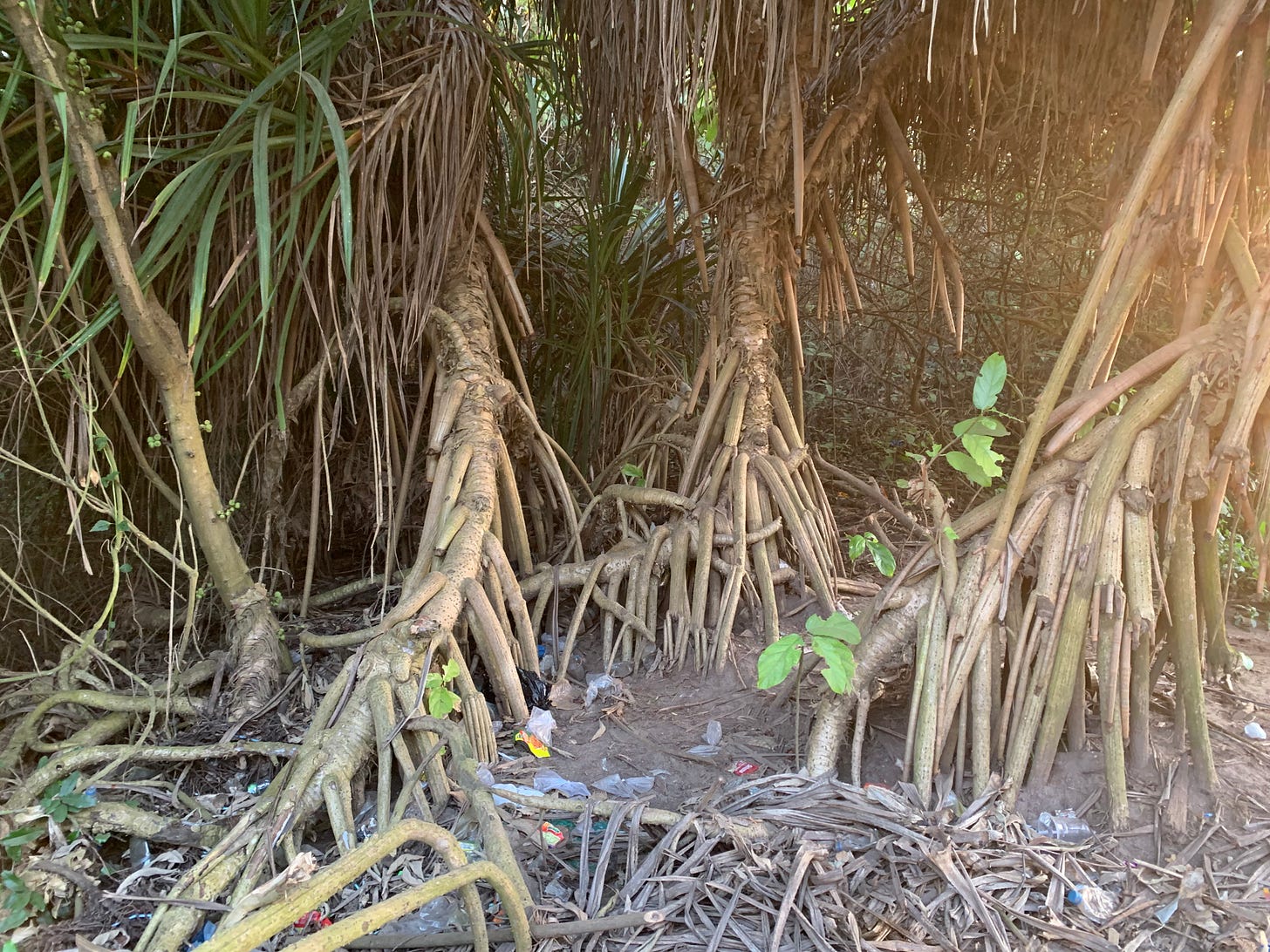
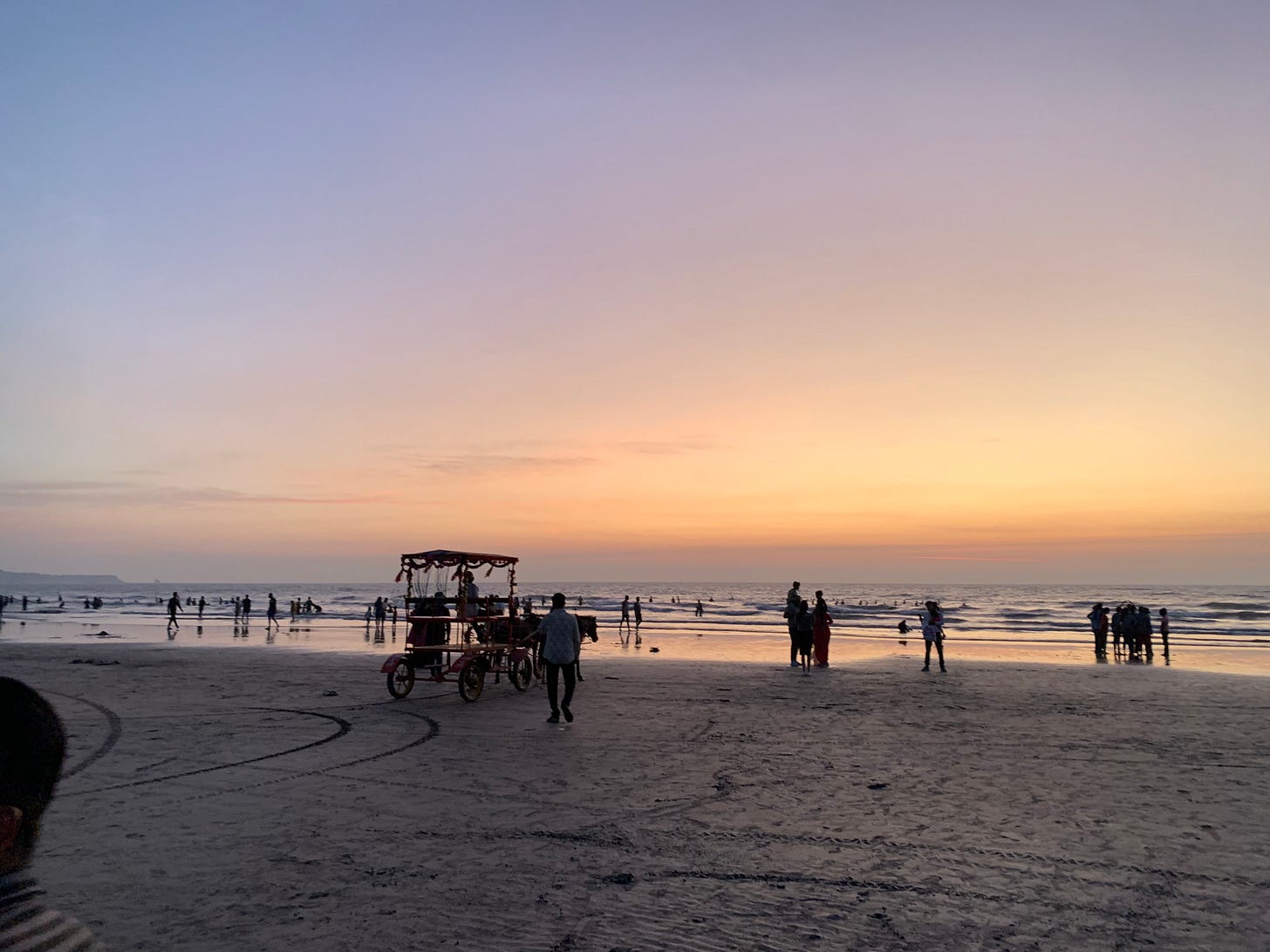
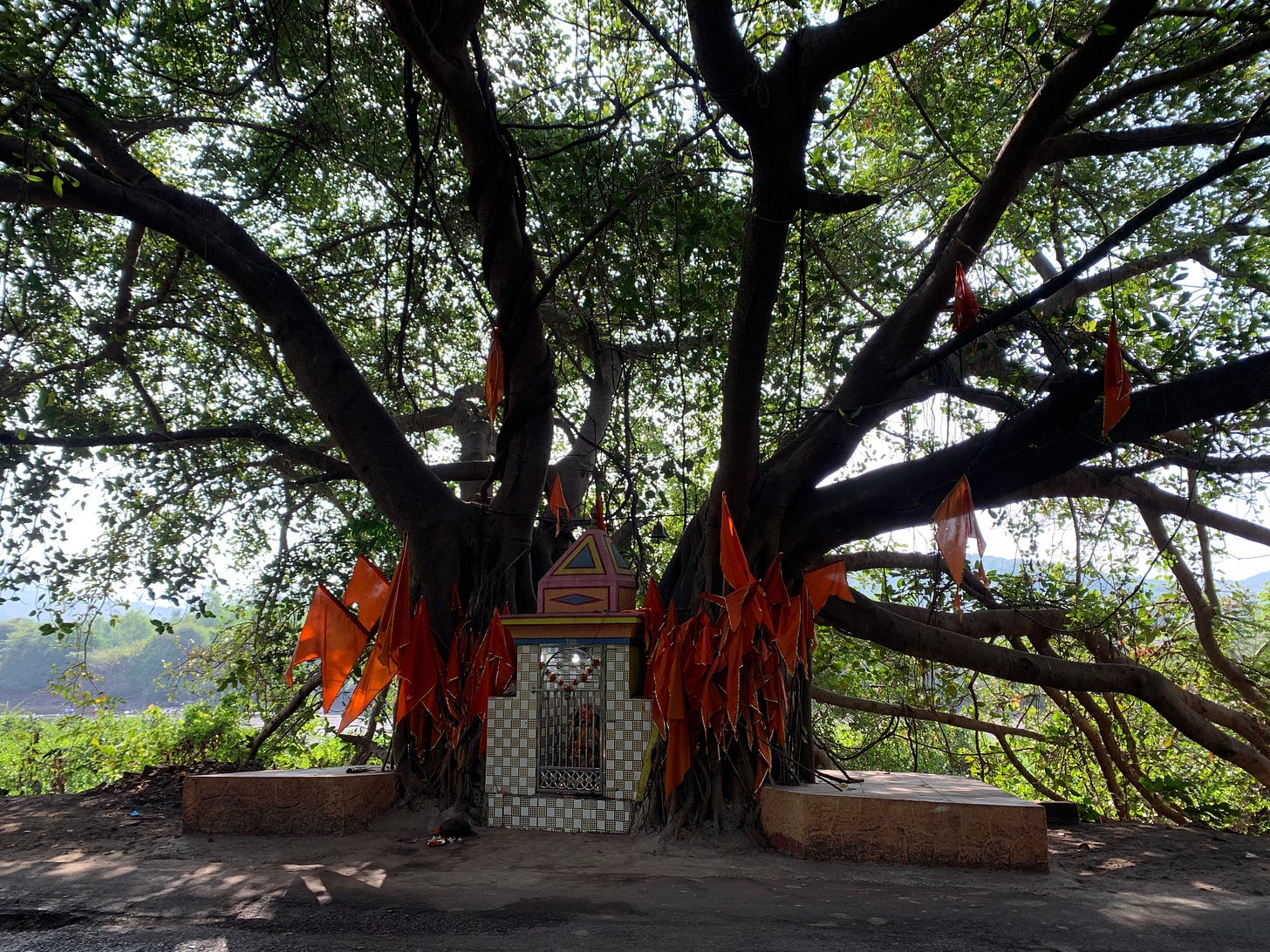
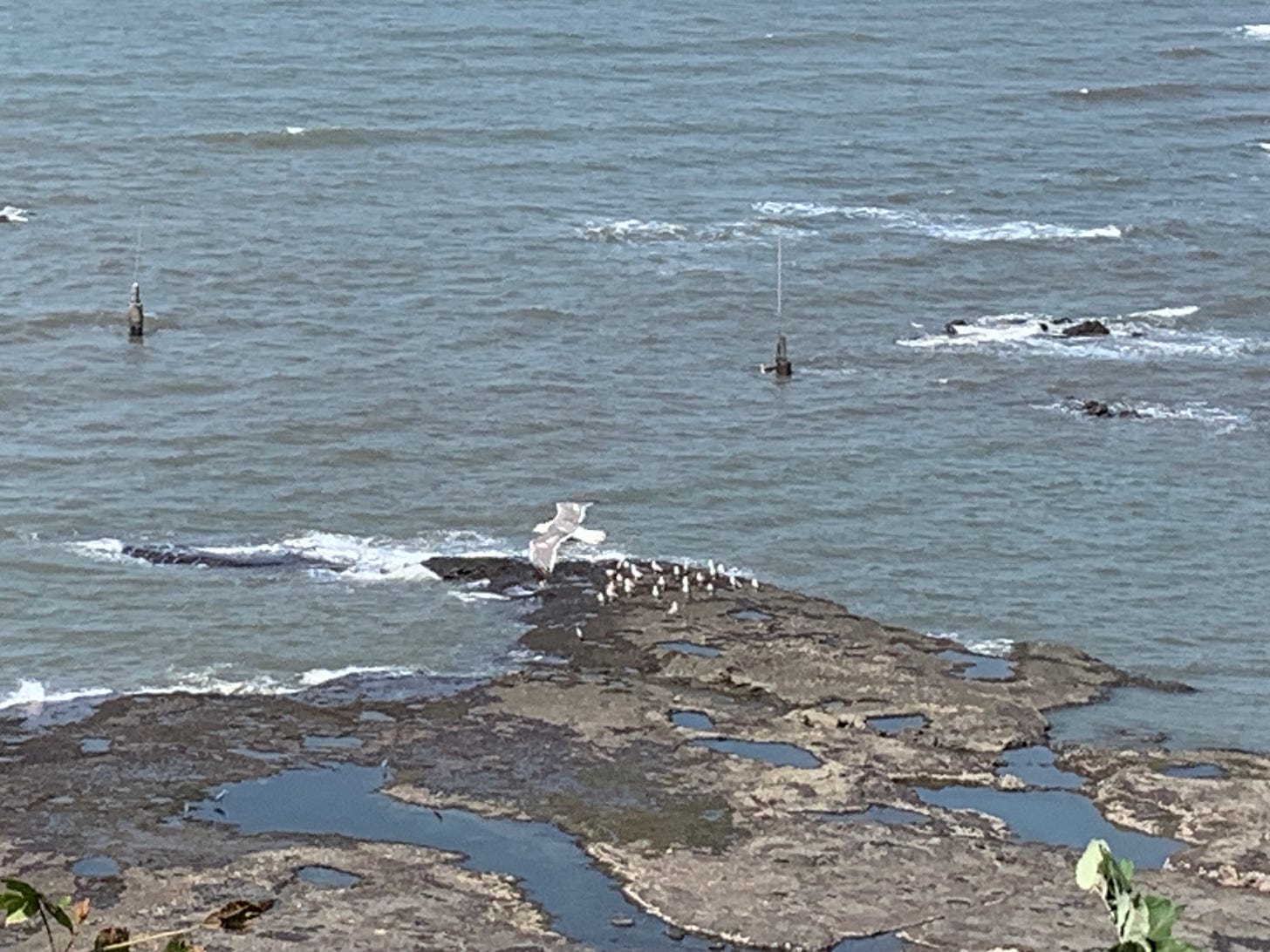
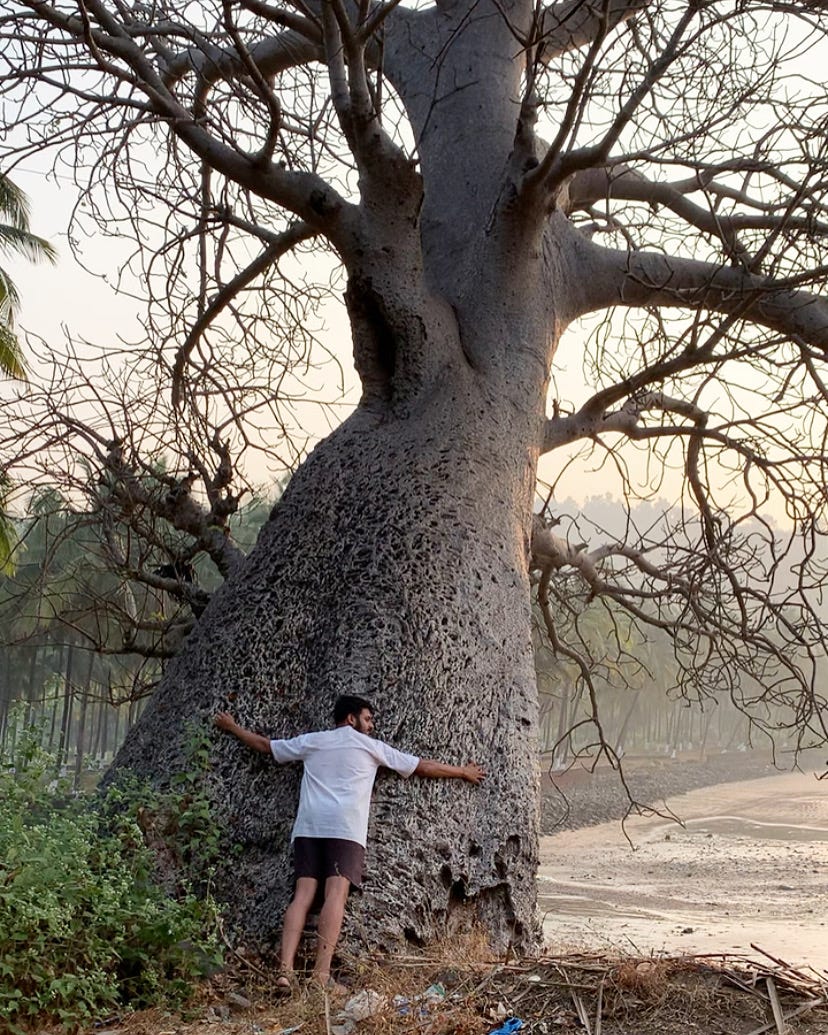
Absolutely LOVE the picture of you and the tree!! ♥️